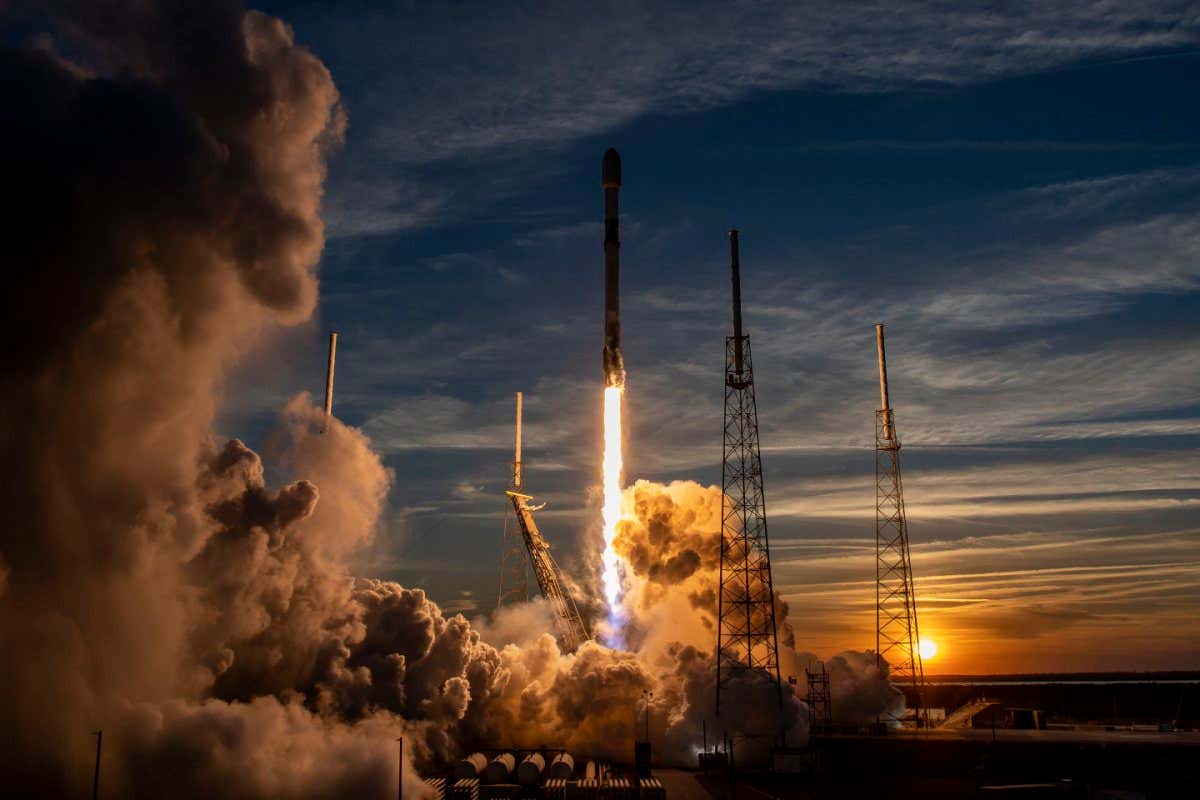Starlink V2: SpaceX Launches New Satellites – A Giant Leap for Global Internet Connectivity
SpaceX is making headlines once again with the launch of its next-generation Starlink satellites, marking a significant advancement in its ambitious goal of providing global internet coverage. This isn't just an incremental upgrade; Starlink V2 represents a paradigm shift in satellite technology, promising significantly faster speeds and greater capacity than its predecessor. This article delves into the key features, implications, and potential impact of this revolutionary launch.
What Makes Starlink V2 Different?
The Starlink V2 satellites are considerably larger and more powerful than their Generation 1 counterparts. This increased size translates to several key improvements:
- Increased Bandwidth: The larger satellites boast significantly more bandwidth, leading to drastically faster internet speeds for users. Expect to see download speeds far exceeding those currently available with Starlink Gen 1.
- Enhanced Coverage: V2 satellites are designed to provide broader coverage areas, reducing the need for as many satellites to achieve widespread connectivity. This contributes to a more efficient and robust network.
- Laser Inter-Satellite Links: A crucial innovation is the integration of laser inter-satellite links. This allows the satellites to communicate directly with each other, reducing latency and increasing overall network resilience. This is a game-changer for delivering low-latency services.
- Improved Reliability: The enhanced design and technology incorporated into V2 satellites promise improved reliability and reduced outages, a critical factor for ensuring consistent internet access.
The Implications for Global Connectivity
The successful launch and deployment of Starlink V2 satellites have profound implications for global internet access:
- Bridging the Digital Divide: Starlink's goal has always been to connect underserved and remote communities. V2's increased capacity and coverage significantly enhance the potential to bridge the digital divide, bringing high-speed internet to areas previously lacking access.
- Boosting Economic Growth: Reliable and fast internet access is a catalyst for economic growth. By providing widespread connectivity, Starlink V2 can empower businesses, facilitate education, and stimulate economic activity in previously unconnected regions.
- Revolutionizing Remote Work and Education: The improved speeds and reliability of Starlink V2 make remote work and online education more feasible and efficient, opening up new opportunities for individuals and communities.
Challenges and Future Outlook
While the launch of Starlink V2 is a monumental achievement, challenges remain:
- Regulatory Hurdles: Securing regulatory approvals in various countries for the deployment of large constellations of satellites is an ongoing process.
- Space Debris Mitigation: SpaceX is committed to mitigating the risk of space debris, but the increasing number of satellites in orbit presents a growing challenge for the entire space industry.
- Cost of Service: While Starlink aims to make internet access affordable, the cost of service remains a barrier for some users, particularly in developing countries.
Conclusion: A New Era of Satellite Internet
The launch of Starlink V2 represents a significant leap forward in satellite internet technology. The increased bandwidth, improved coverage, and laser inter-satellite links promise a future of faster, more reliable, and more widely accessible internet connectivity. While challenges remain, SpaceX's commitment to innovation positions Starlink as a key player in shaping the future of global internet access. Stay tuned for further updates on the deployment and performance of this groundbreaking technology.
Keywords: Starlink V2, SpaceX, satellite internet, global internet, high-speed internet, satellite launch, space technology, digital divide, remote connectivity, laser inter-satellite links, bandwidth, coverage.

